Nick Ridley tries to answer this tricky question: is it worth going for an unconventional gundog breed or is it best to go for a usual dog like a springer, cocker or labrador? Words and pictures: Nick Ridley
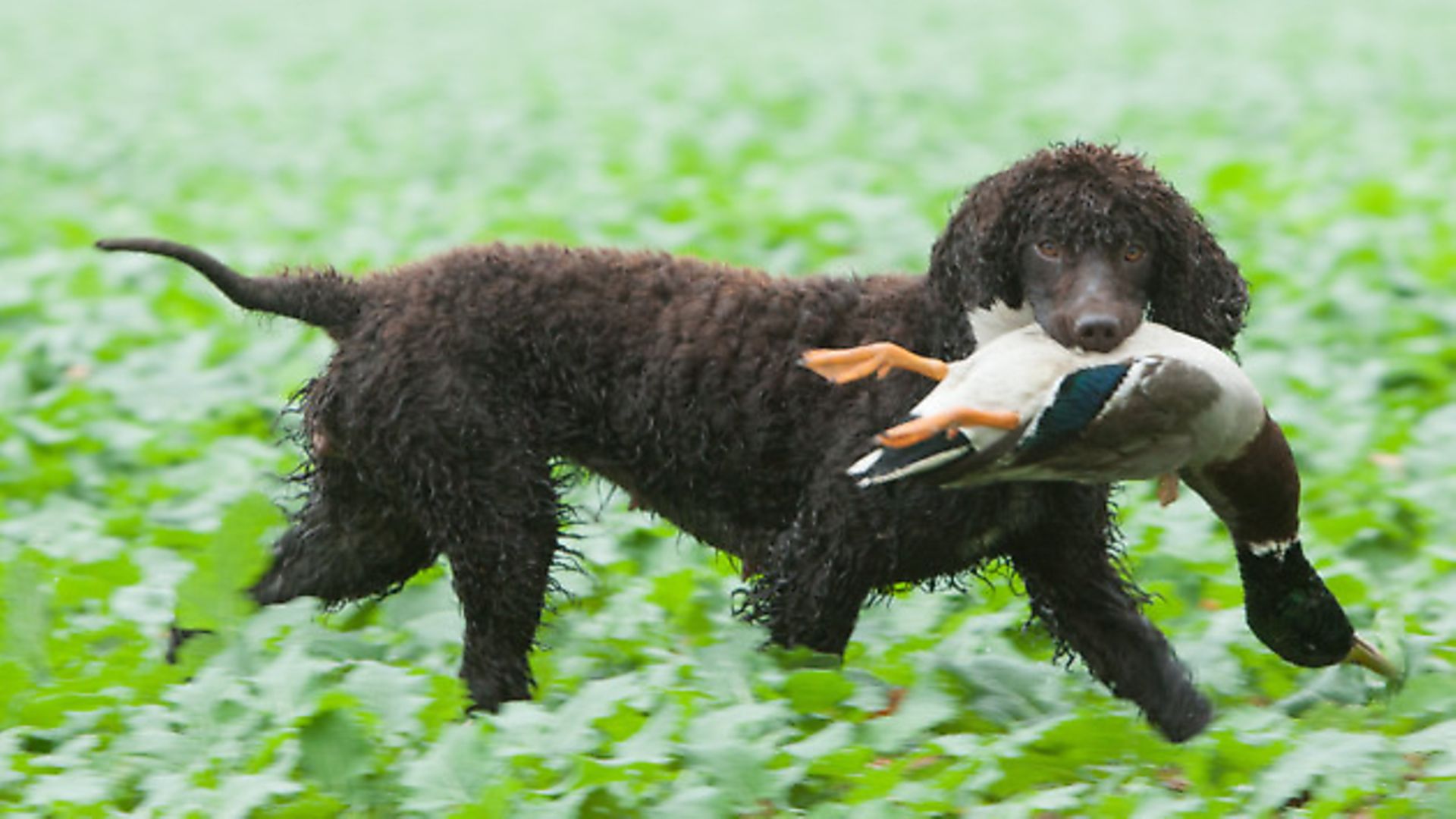 credit: Nick Ridley
credit: Nick Ridley
One of the things I love about my job is that I get to see a huge variety of gundogs working and also get to meet some really nice people. There is nothing better than sitting with a cold pint of beer with like-minded people ‘talking dog’.
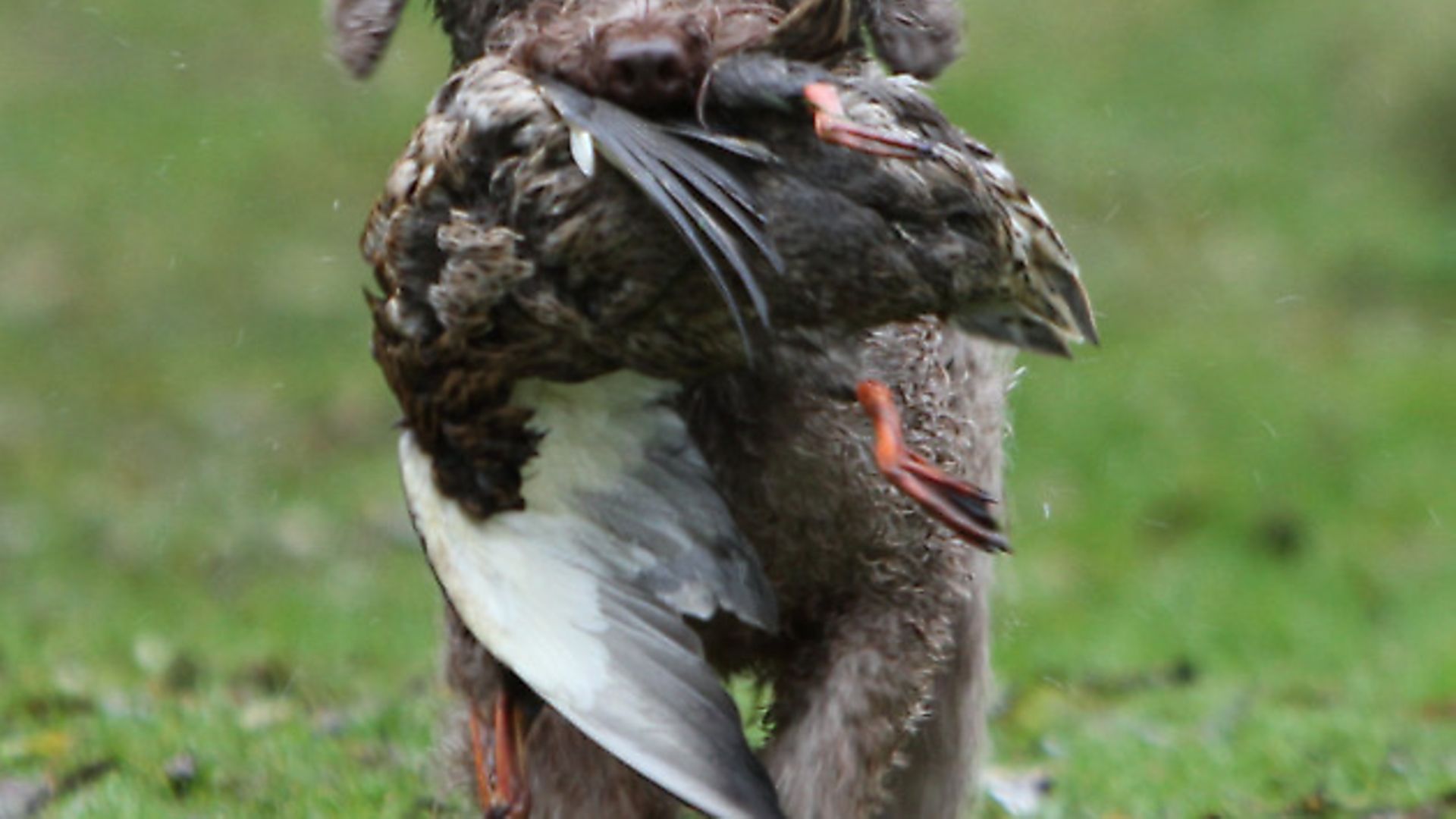 credit: Nick Ridley
credit: Nick Ridley
At one of the game fairs earlier this year I was having an in-depth conversation with someone who was quite new to the gundog world. He was looking for a liver cocker pup because he hadn’t seen one on any local shoots and wanted to have “something different”.
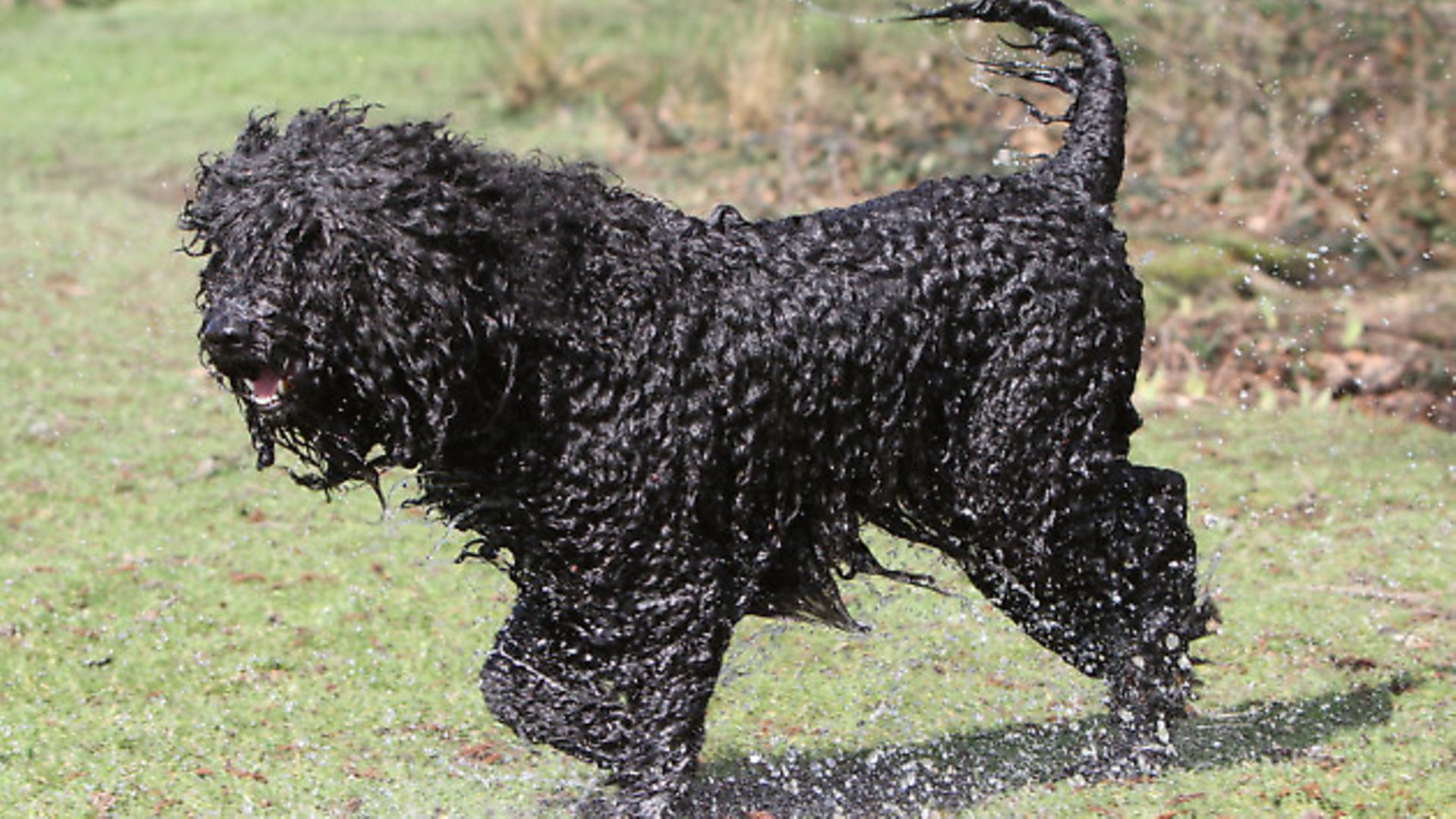 credit: Nick Ridley
credit: Nick Ridley
That got me thinking. I have seen plenty of different dogs on the gundog circuit; some I have been very impressed with, though to be truthful some of them left me thinking, “What’s the point?” In recent times there have been pages written on the current fashion for crossbreeds such as the spanador, but I am more interested in the pure breeds, most of which come from the Continent.
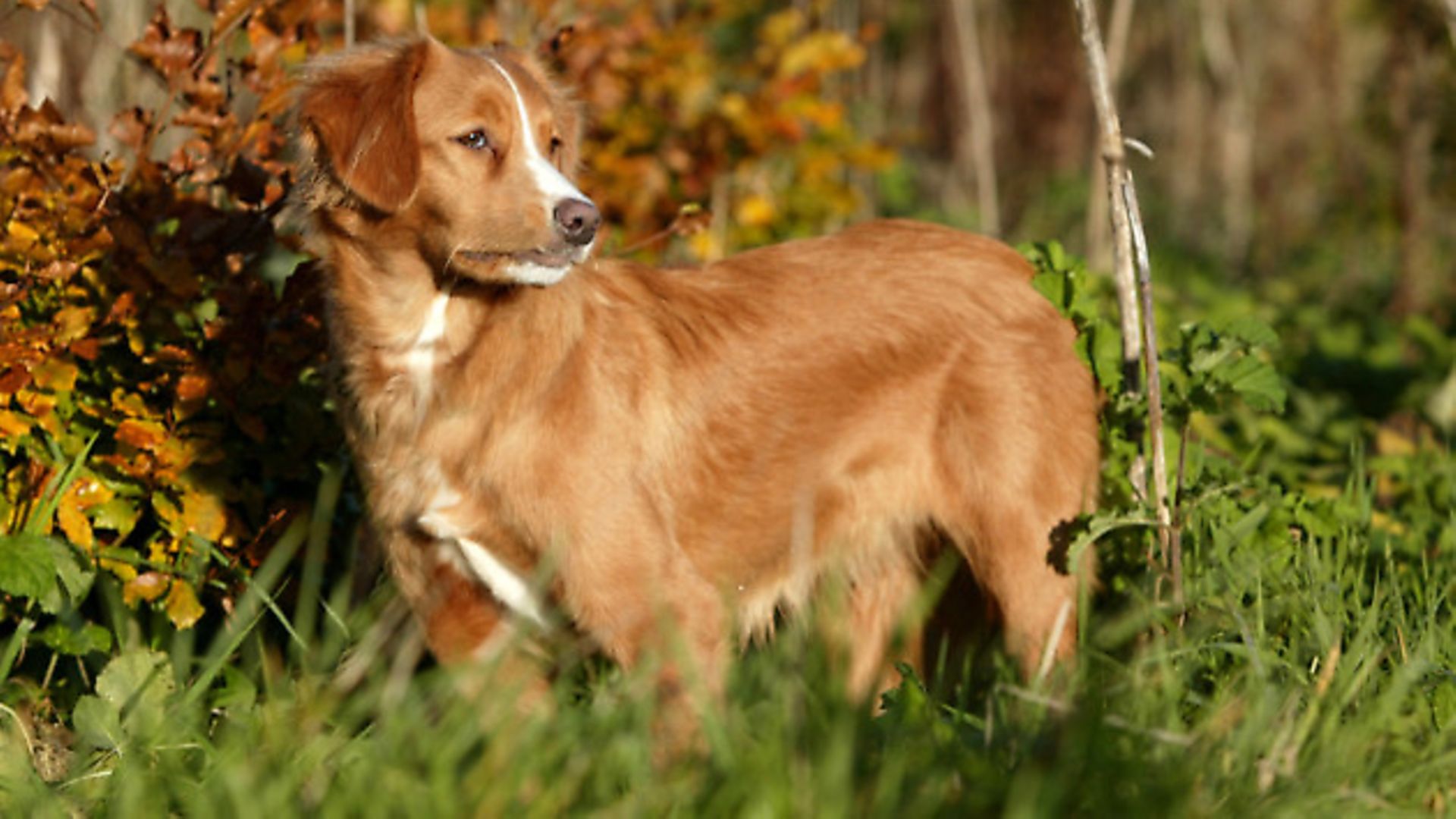 credit: Nick Ridley
credit: Nick Ridley
Many of the newer gundog breeds that we are seeing in the UK belong to the HPR classification. These dogs hunt, point and retrieve, and one striking breed that I am seeing more of is the Slovakian rough-haired pointer. This breed was developed at the end of WW2 under the direction of a man called Koloman Slimak. The dog is a combination of three breeds: the Weimaraner, the Cesky Fousek (no idea what they are!) and the German wirehaired pointer.
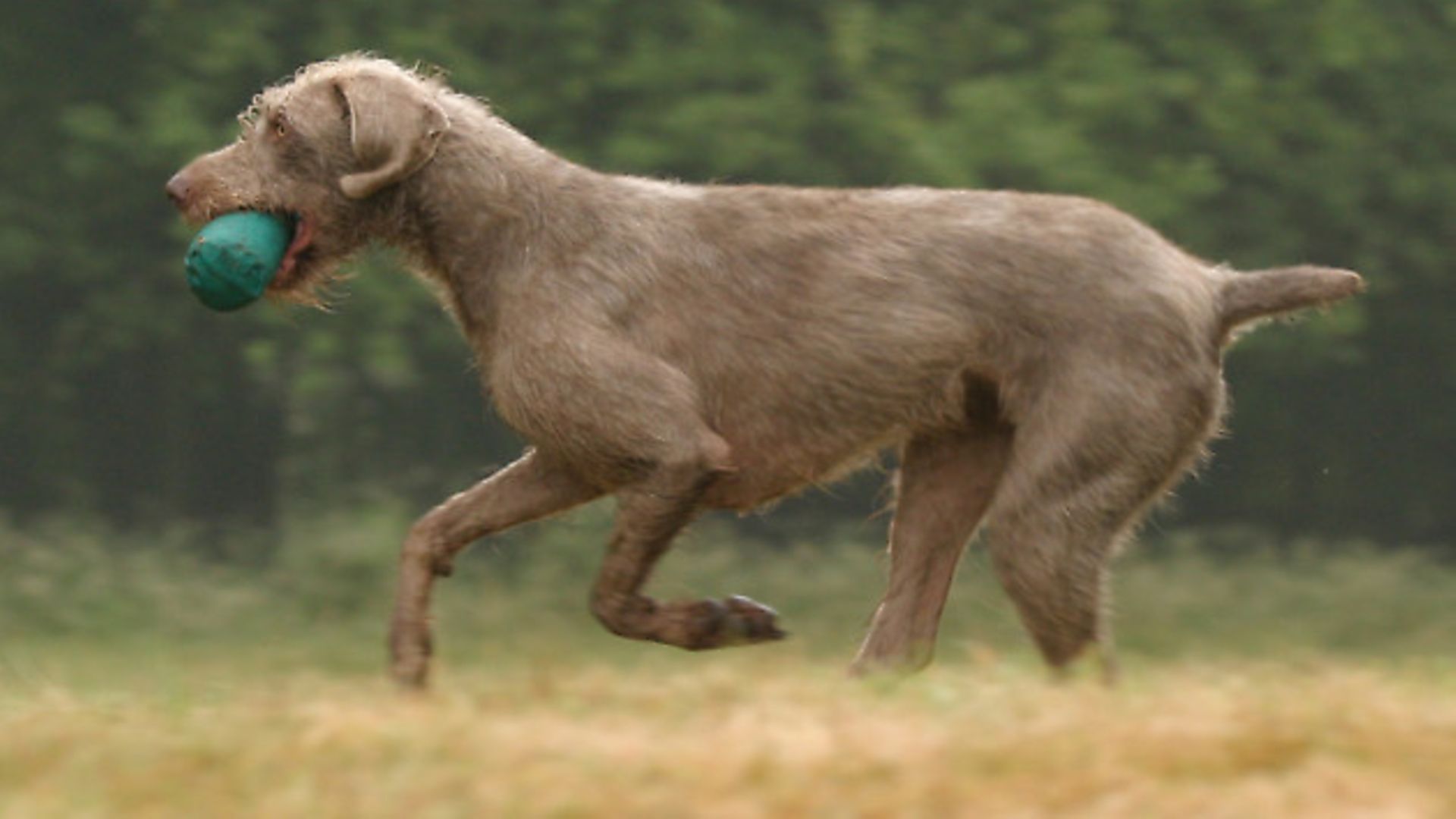 credit: Nick Ridley
credit: Nick Ridley
The hunters in Slovakia needed a versatile dog that could hunt in open fields, water and in forestry and that could retrieve everything from partridges to foxes. By using the three breeds they produced a dog that can work in very hostile conditions. The coat is grey in colour and it is said that they are natural tracking dogs with a soft mouth. There are a couple of handlers that will hopefully be trialling their dogs in the next few seasons and it will be interesting to see how they get on.
The first time I saw a Lagotto Romagnolo I thought it was some kind of poodle cross. I have seen them participating in flyball, agility and search and rescue activities and there is also a small dedicated band of enthusiasts working them in the shooting field. Originally they were used on the Italian marshes as a wildfowling dog but now that many of the marshes have been drained, the dogs have turned their noses to hunting truffles. They have webbed feet, are powerful swimmers for their size and they have a natural ability to dive underwater, which can be a very useful trait when retrieving pricked ducks!
A dog that I particularly like photographing is the Irish water spaniel. Despite its name it is classed as a retriever, not a spaniel, and is renowned for its all-round ability. The dog’s coat is a mass of tight curls that give excellent protection against the water and inclement weather and they are really suited to life stalking the mudflats looking for geese. They always remind me of a Rastafarian! Owners of this breed will tell you that they also work well in the beating line, as picking up dogs and even as deer stalking dogs.
The Barbet is a French water dog and, despite its looks, it is not a labradoodle! The Barbet – or more correctly, a Barbet type dog – is quite an ancient breed of working dog and pre-dates the use of the gun.
The earliest classification of dogs came about in around 1570, when three categories of dog were defined: the setter, the water dog and the spaniel. Early images of the water dog depict a dog that looks very much like the modern day Barbet, and Count Georges-Louis Buffon lists some 30 varieties of dog in his 1758 work Histoire Naturelle. He says: “The Barbet and spaniel originated in Spain and Barbarie. The popularity of the Barbet grew with those hunting wildfowl in the marshlands of Europe, although the presence of malaria meant that this was an occupation for those that had to hunt to eat or provide an income rather than those hunting for sport. This may partly explain why the Barbet became known as the common man’s dog. The downturn in the fortunes of the Barbet across Europe can be attributed to several factors. The draining of large areas of marshland to combat the risk of malaria and to provide more arable land certainly played their part.”
Another smart little dog I have seen work in the shooting field is the Nova Scotia duck toller. The exact history of the toller is somewhat unclear but it is known that ‘smallish fox-coloured dogs’ were used for centuries in Europe to lure ducks into nets. These red decoy dogs could very well be the forebears of the duck toller. The toller is believed to have a mixture of breeds in its ancestry, including the Brittany spaniel, golden retriever and possibly some small type of collie. Nova Scotia is considered the place of origin of the breed and in 1945 it was officially recognised by the Canadian Kennel Club as the Nova Scotia duck tolling retriever. The dog was first introduced into Great Britain in 1988. It is a very strong swimmer and is a very keen retriever on both land and water.
The more I think about it, does it really matter what dog you use in the shooting field? I know a rottweiler that goes beating with his owner. I have heard that one shoot uses a St. Bernard as a game cart. And of course we have all seen collies working cover and picking up after the drives.
There is plenty of choice when it comes to wanting ‘something different’. It may be a different breed – it may just be a different colour – but by far the most important thing is that you must be prepared to spend the next 15 years or so with the dog and not just treat it as a passing fad.
Words and pictures by Nick Ridley